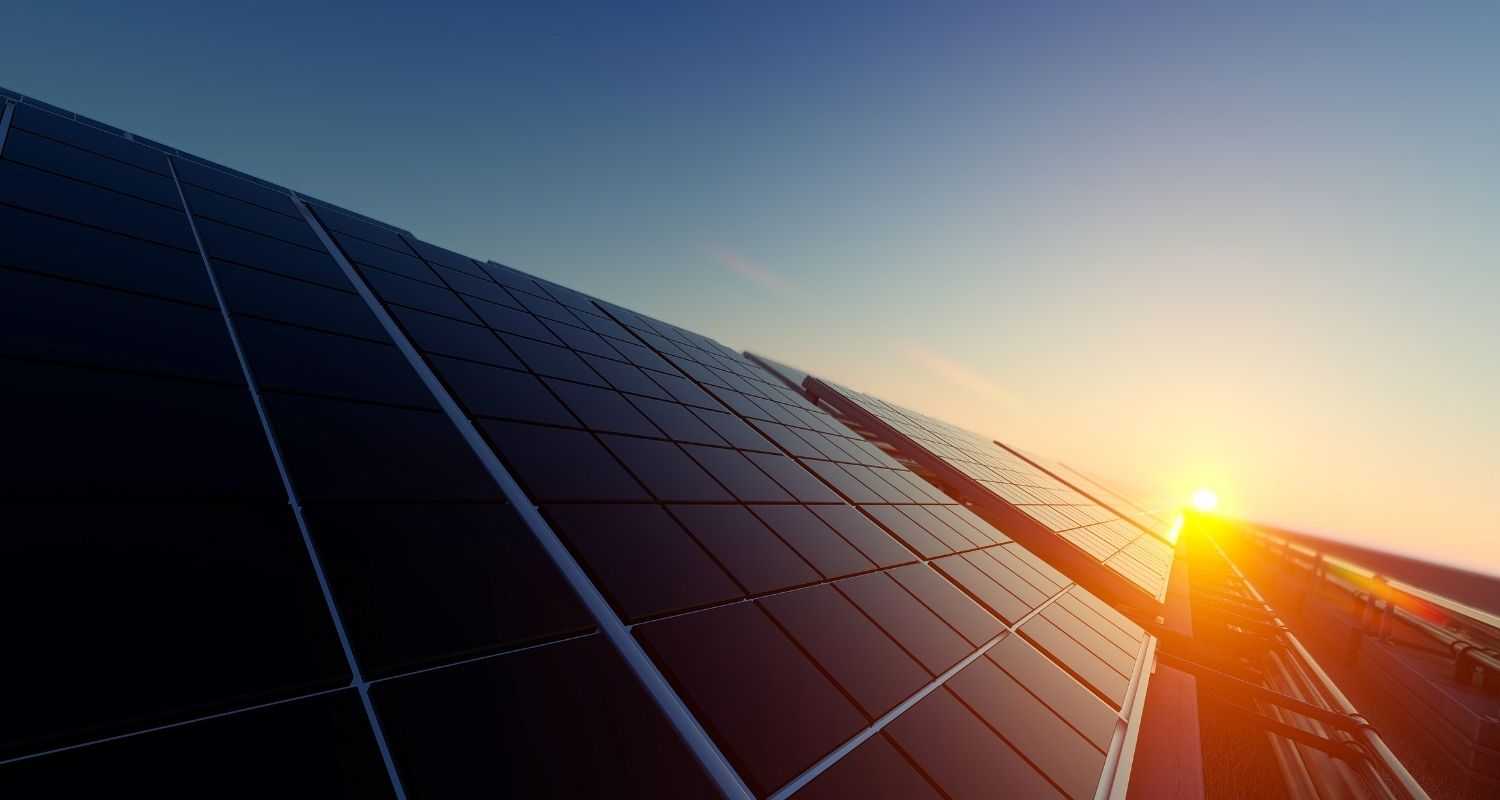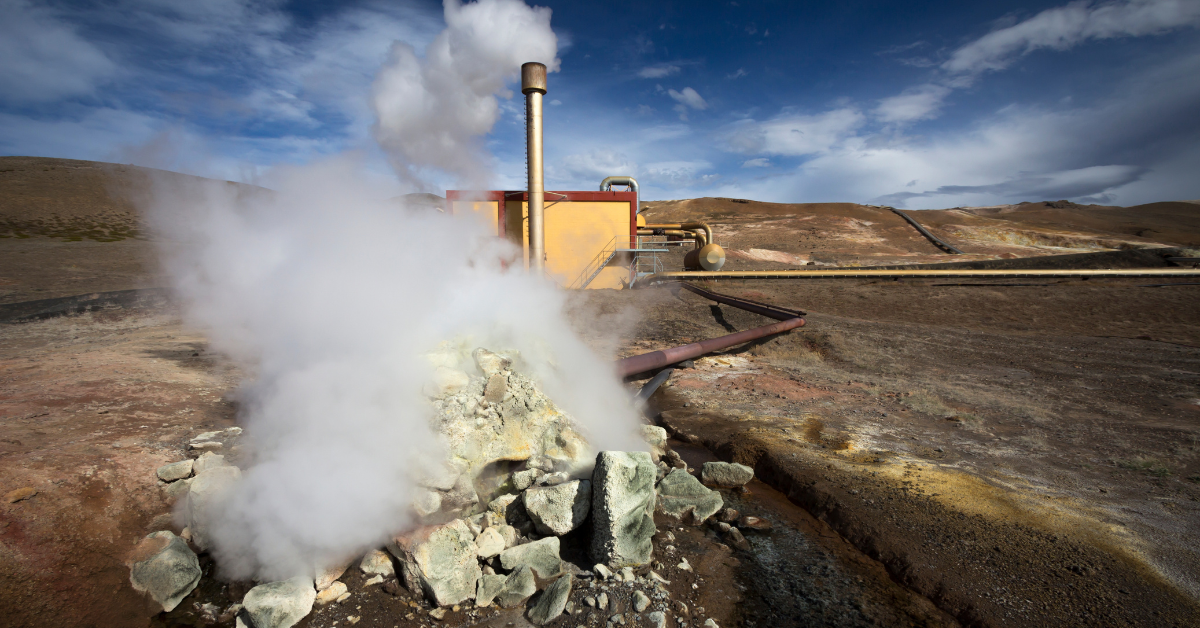
Solar Energy: Everybody loves sunshine
Opinions expressed whether in general or in both on the performance of individual investments and in a wider economic context represent the views of the contributor at the time of preparation.
Executive summary: 50% of the world’s energy will be generated from solar and wind by 2050, predict experts. More crucially, solar is set to see faster growth than any other energy source over this period, expanding its share of the energy mix tenfold. A combination of economic, technological, political and social factors is driving the solar energy revolution. Solar generation and battery storage costs have fallen by some 80% over the past decade but will fall by another 40%+ over the coming one. Expect further investment in solar (and wind) projects. More money has been allocated to these areas than coal and gas for every year since 2014, and the pace of renewable investment continues only to increase. Businesses at the intersection of technology, infrastructure and energy look best-placed to benefit, but investors should be selective; conscious of varying regulatory environments, financial leverage and execution.
London, at the time when your author is writing this piece, receives barely more than eight hours of daylight. The percentage of this time during which the sun is shining is even smaller. Nonetheless, many readers of this piece may be surprised to learn that the amount of energy generated in the UK derived from solar power exceeded coal on almost 50% of all days over the past year. Furthermore, when combined with wind, the UK has been generating more electricity from renewable sources than nuclear, gas and coal since 2017 (per Imperial College). Looking ahead, solar’s contribution to the energy mix of almost all countries is only heading one way – upwards.
Since ancient times it has always been recognised that the sun constitutes a powerful source of energy. The challenge has been not only how to harness it but also how to make it cost-efficient. The good news is that the renewable energy sources are now surpassing fossil fuels on an unsubsidised cost basis, owing to technological progress. However, the shift to renewables is not being driven purely by economic and technological factors, but also by political and social ones.
All countries will logically seek to construct their basket of energy supplies like portfolio managers determining their asset allocations strategies, namely seeking to balance a series of factors. If anything is clear, going forward, we will be consuming more energy and renewables represent the most logical way of filling growing demand. Our meta-thesis concerning all future trends is premised on the efficient allocation of scarce resources. We know clearly that there will be a ~25% increase in the global population between 2020 and 2050, equivalent to 2bn people. At the same time, urbanisation is set to increase, with some 2.4bn people moving into cities over the next 30 years, equivalent to 1.3m per week. As a result, energy consumption per capita is set to increase by 16% through to 2050 (all data per the United Nations).
In order to account for this demand, the world will need to make up to $50tr of cumulative energy investments over this period (per the International Energy Agency). Countries need to invest now in order to plan for the future. Regulation and technology are dictating their energy investment decisions. Consider first that climate change has, arguably, become the defining issue for our generation. Since 1880, the Earth’s average temperature has risen by around one degree centigrade, largely driven by an increase in carbon dioxide emissions (per the United Nations). Direct risks include an increased frequency of extreme weather events, a greater chance of flooding, higher water stress and impacted agricultural production – all of which needs to be thought of in the context of population growth.
As a result, 187 countries have now committed to legally-binding emission reduction commitments, stemming originally from the Paris Climate Change Conference of 2015. Against this background, future energy investments need to be (more) compatible with a zero-carbon world. Consumers are also buying into this. A recent Pew Centre survey found that 89% of US adults now favour the expansion of solar power, for example.
While policy and shifting public sentiment around climate change will play a role, so too will the falling cost of renewables. Technological improvements and capital cost declines have significantly improved the economics of solar (and wind). The cost per watt of generating solar has fallen by 85% since 2010 (the equivalent decline for wind has been 49%) and is expected to fall another 60% by 2050. Correspondingly, the installed capacity of solar has doubled since 2000 (all data per Bloomberg New Energy Finance, or BNEF).
The third part of the triumvirate – solar and wind being the other two – which will transform the energy sector is the falling cost of battery storage solutions. Simply put, these help circumvent the problem of what happens when the sun does not shine – like in London currently – but power is required. Batteries store power from renewables when it is generated and release it when needed. Grid-scale storage can overcome irregularities in supply and manage demand requirements, while home batteries could accelerate the transition to consumer-centred resources. The good news is that battery costs have fallen by 81% since 2010 and are set to fall another 49% over the next decade (per BNEF).
It should come as no surprise then that the electricity generated from carbon-free renewables is now cheaper than that produced by new gas plants in two-thirds of the world (again per BNEF). In the US, constructing new solar and wind projects is more effective than continuing to run some 74% of existing coal plants. By 2025, this figure is expected to rise to 86%. Remarkably, since the 2016 Presidential Election, over 50 coal-fired power plants have shut down in the US, taking the total to more than 300 over the decade (per Energy Innovation, a think tank). Some 400 such plants remain.
In July last year, Los Angeles Power and Water, a major American utility, struck a deal for the largest and cheapest combined solar and battery storage project in the world. This project will supply 400MW of power at 2.0 cents per/kWh for solar energy and with an additional 1.3 cents per/kWh from battery-derived power. This compares to the cost of ~6.0 cents per/kWh that would typically arise from a gas-powered plant. This trend is far from restricted to the US. European countries are beginning to fast-track solar projects. Last year, installations in Europe jumped over 20% to 13.5GW and are expected to rise by 25% in 2020 (per the European Commission). Latin American countries are also seeing notable solar demand.
Importantly, solar power is enabling many developing countries to leapfrog traditional grid infrastructure. Consider than over 1bn people worldwide live without electricity – and half in sub-Saharan Africa alone. The World Bank estimates that if this specific region of the world were to have continuous energy supplies, then its GDP would accelerate by two percentage-points annually. The organisation hence announced in September that it would spend $1bn promoting battery storage deployment in the developing world. Even prior to this development, some businesses such as M-Kopa have pioneered a pay-as-you-go model for energy consumption allowing mobile users to purchase what they need from local battery-supported solar mini-grids. Based in Kenya but present across East Africa, M-Kopa already has over 700,000 users.
Global dollar investment in solar (and wind) has exceeded investment in coal and gas-based generating capacity for every year since 2014. BNEF forecasts that some $290bn will be invested in solar and wind over the next year, which compares to around $200bn in conventional energy sources. Over the next 30 years, BNEF estimates that cumulative solar investments could total over $9tr. A range of converging new technologies could also take solar energy penetration to another level. Take the example of bifacial, or double-sided solar panels. These cells can capture radiation from sunlight on both their sides, boosting energy generating potential by up to 25% according to industry experts. Rather than relying purely on direct sunlight, bifacial panels can capture light reflected from surfaces beneath nearby surroundings too. Trials are underway in both California and Scotland. New material deployment (potentially including zinc and tin as well as inorganic sources) is also helping to boost solar cell efficiency.
With solar and wind energy/ capacity set to be cheaper than conventional energy sources nearly everywhere by the middle of the century, the world is forecast to move from two-thirds fossil fuel in 2018 to two-thirds from zero-carbon sources in 2050. Call it ’50-by-50’, as some have already begun to do so: in 30 years’ time, 50% of the world’s energy will be generated by solar and wind energy sources. Although wind will remain a large segment of the pie (at 28%), solar is set to see the fastest growth, expanding its share of the energy market from 2% currently to 22% by 2050. Aggregated demand for clean energy sources is set to outset traditional energy sources by a factor of three (all data per BNEF).
Alternative energy business models should benefit from the multi-decade shift towards renewable energy, but investors should be selective. The purpose of this note is not to debate the merits of solar versus wind (indeed, we have separately made the case for wind; see here), rather to assert that the renewable revolution is coming. From a practical point of view, it is important to remember that the overall industry remains relatively immature. Subsidies and tax-credits have helped influence renewable energy investment decisions in some countries, even if this factor is now diminishing. The flipside, of course, is that given the renewable opportunity, competition levels are rising. Furthermore, beyond solar and wind, other cleantech solutions such as geothermal and biofuel are also beginning to emerge.
From an investor’s perspective, it is important to consider the transparency of the regulatory environments in geographies where businesses operate as well as the fact that not all emerging (solar) technologies are proven at scale. Many businesses in the space have high levels of financial leverage and inconsistent track records of execution. Technology, infrastructure and energy businesses all provide different yet often overlapping ways for investors to gain exposure to the solar energy theme. Some of the businesses which sit at the intersection of all three areas would include First Solar (one of the world’s largest manufacturers of photovoltaic solar modules), NextEra Energy (the world leader in electricity generated from sun and wind), Sunrun (the market leader in US residential solar systems) and Tesla (beyond cars, the business is focused on energy innovation, from panels to battery storage). Real estate owners of physical assets (such as the land on which solar parks are based) also look well-placed. For as long as the sun shines, the clean energy revolution should endure.
Alex Gunz, Fund Manager, Heptagon Capital
Disclaimers
The document is provided for information purposes only and does not constitute investment advice or any recommendation to buy, or sell or otherwise transact in any investments. The document is not intended to be construed as investment research. The contents of this document are based upon sources of information which Heptagon Capital LLP believes to be reliable. However, except to the extent required by applicable law or regulations, no guarantee, warranty or representation (express or implied) is given as to the accuracy or completeness of this document or its contents and, Heptagon Capital LLP, its affiliate companies and its members, officers, employees, agents and advisors do not accept any liability or responsibility in respect of the information or any views expressed herein. Opinions expressed whether in general or in both on the performance of individual investments and in a wider economic context represent the views of the contributor at the time of preparation. Where this document provides forward-looking statements which are based on relevant reports, current opinions, expectations and projections, actual results could differ materially from those anticipated in such statements. All opinions and estimates included in the document are subject to change without notice and Heptagon Capital LLP is under no obligation to update or revise information contained in the document. Furthermore, Heptagon Capital LLP disclaims any liability for any loss, damage, costs or expenses (including direct, indirect, special and consequential) howsoever arising which any person may suffer or incur as a result of viewing or utilising any information included in this document.
The document is protected by copyright. The use of any trademarks and logos displayed in the document without Heptagon Capital LLP’s prior written consent is strictly prohibited. Information in the document must not be published or redistributed without Heptagon Capital LLP’s prior written consent.
Heptagon Capital LLP, 63 Brook Street, Mayfair, London W1K 4HS
tel +44 20 7070 1800
email [email protected]
Partnership No: OC307355 Registered in England and Wales Authorised & Regulated by the Financial Conduct Authority
Heptagon Capital Limited is licenced to conduct investment services by the Malta Financial Services Authority.



